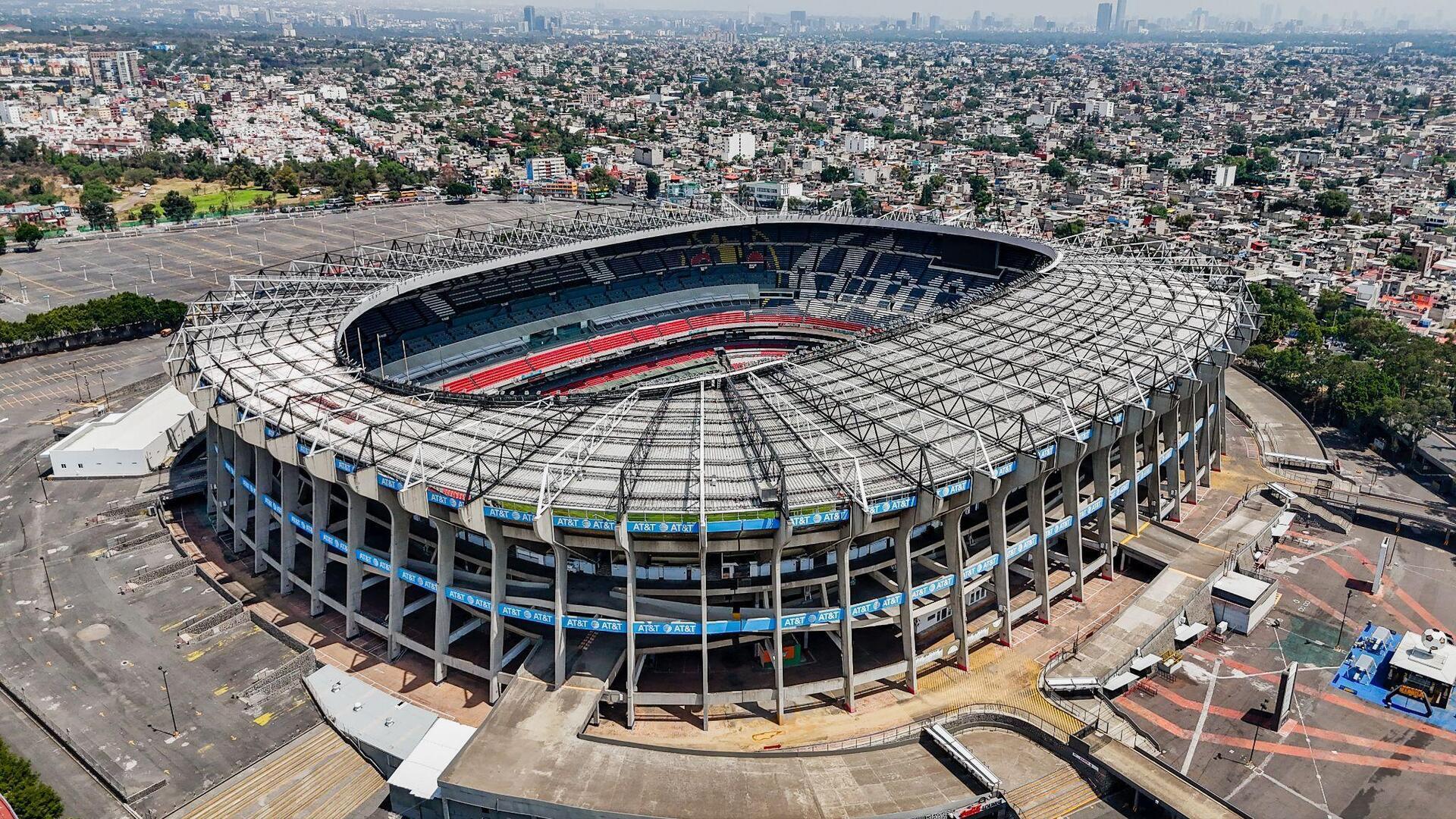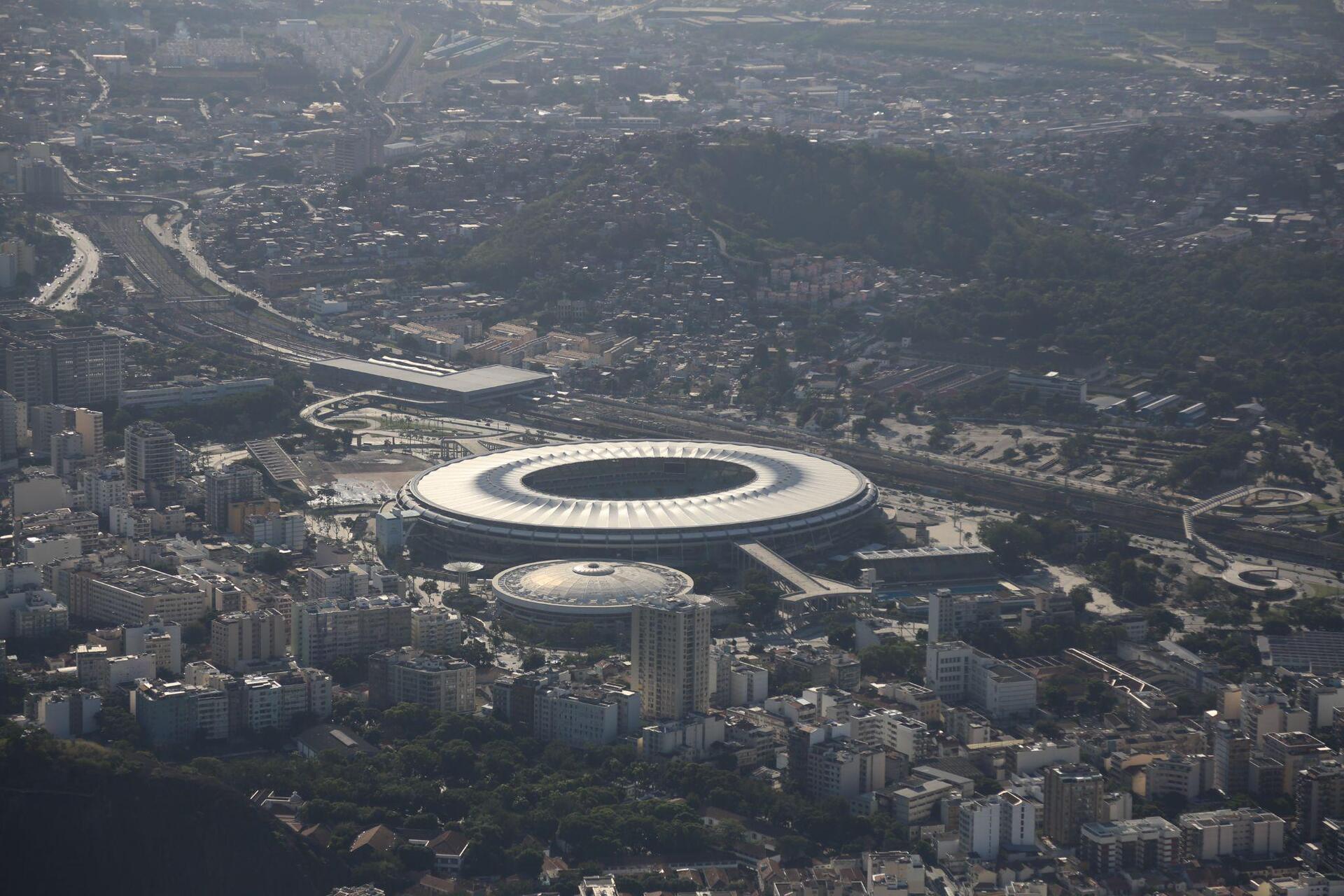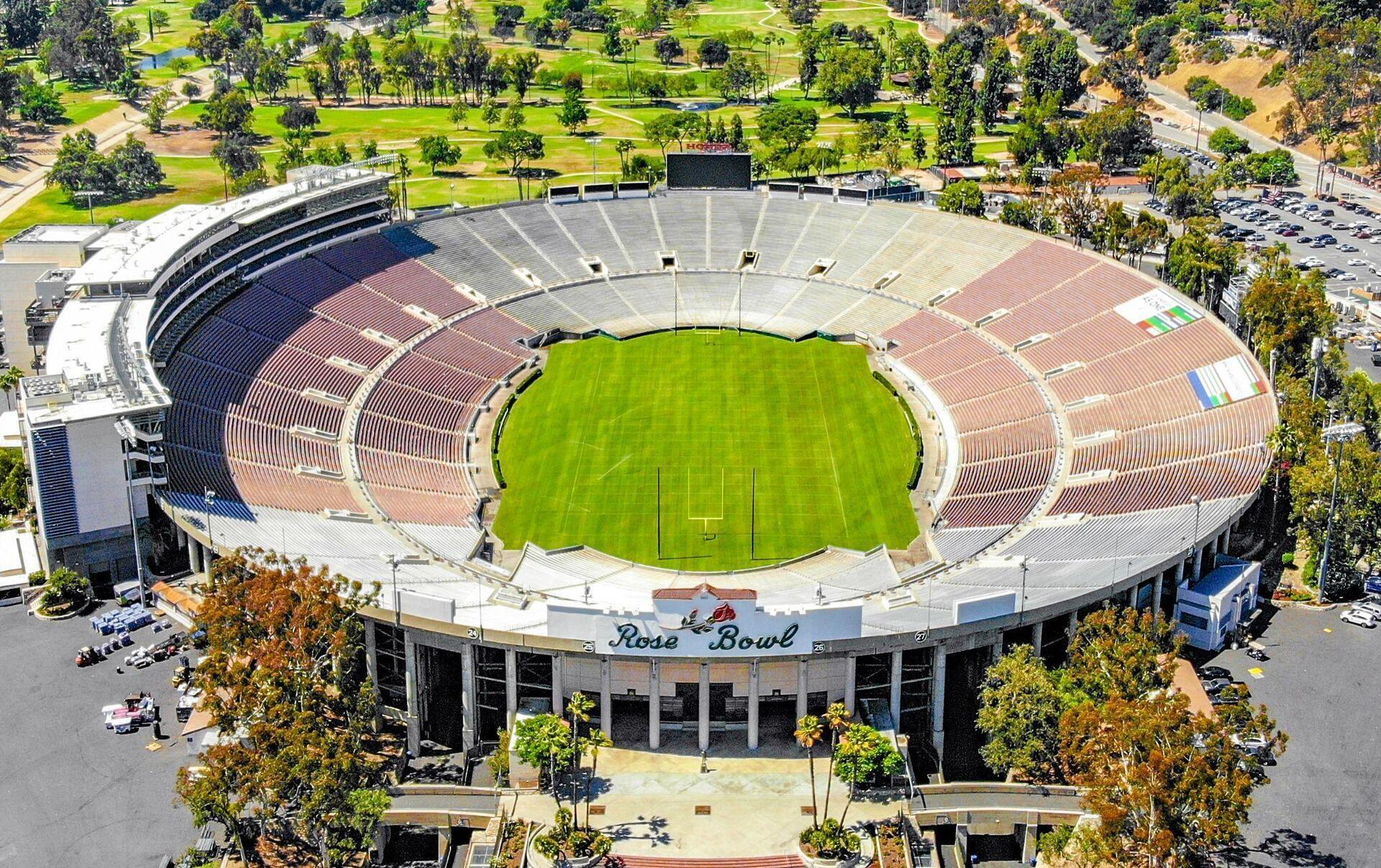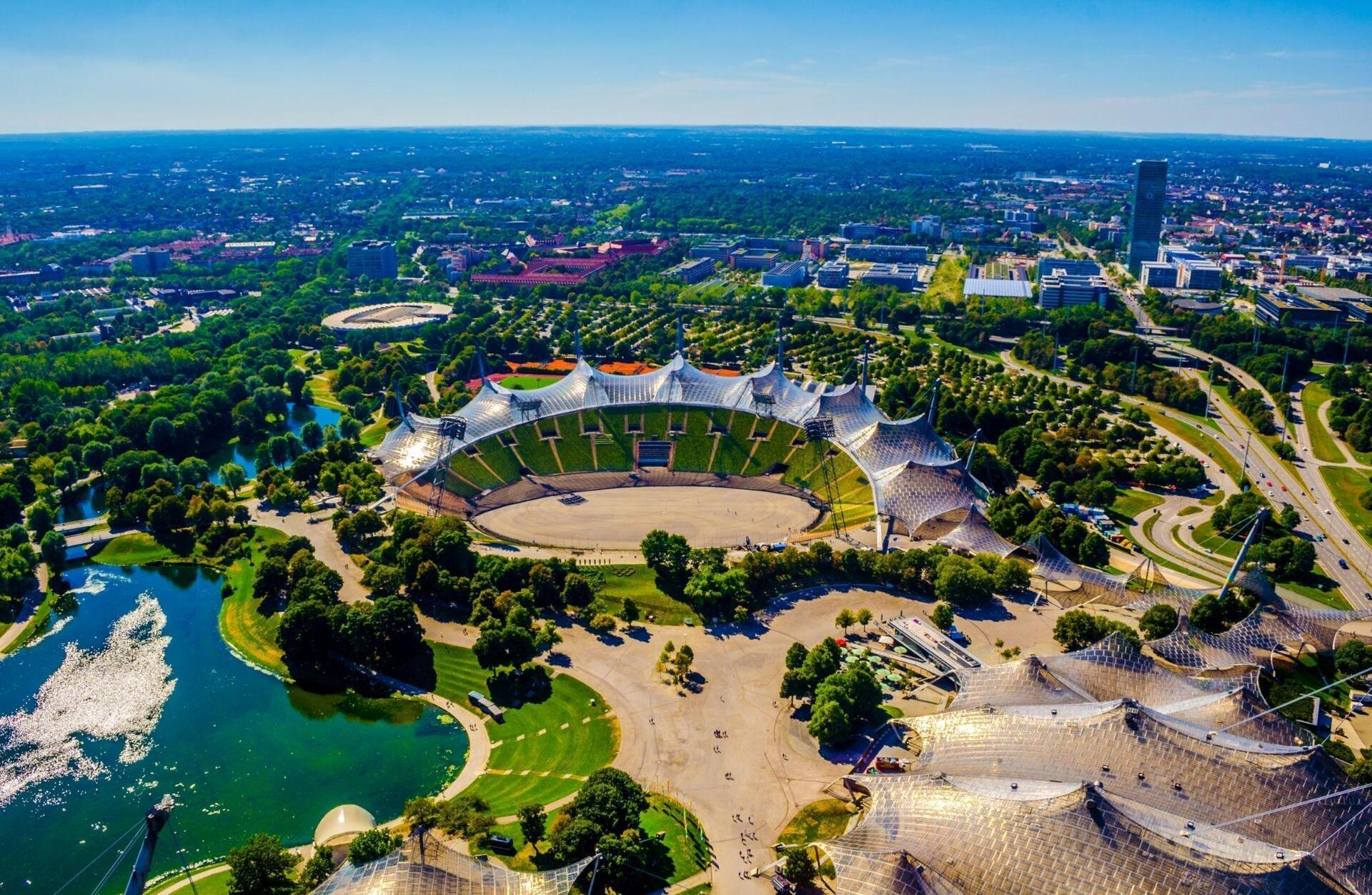The FIFA World Cup is a global event that, every four years, keeps billions of fans glued to their screens around the world.
But beyond the teams and legendary players on the pitch, the myth of this century-old competition has also been built by its stadiums: blending innovation and sports architecture, they’ve hosted some of the most unforgettable matches in football history.
1. Al-Bayt Stadium, Al Khor: The Beating Heart of 2022 World Cup
Located in Al Khor, Qatar, the Al-Bayt Stadium looks like something out of a desert fairytale. Its architectural design is inspired by traditional Bedouin tents, serving as both a tribute to local culture and a symbol of contemporary sports architecture.
Built with the contribution of Webuild, Al-Bayt hosted some of the most thrilling matches of the 2022 World Cup, delivering unforgettable moments both on and off the field.
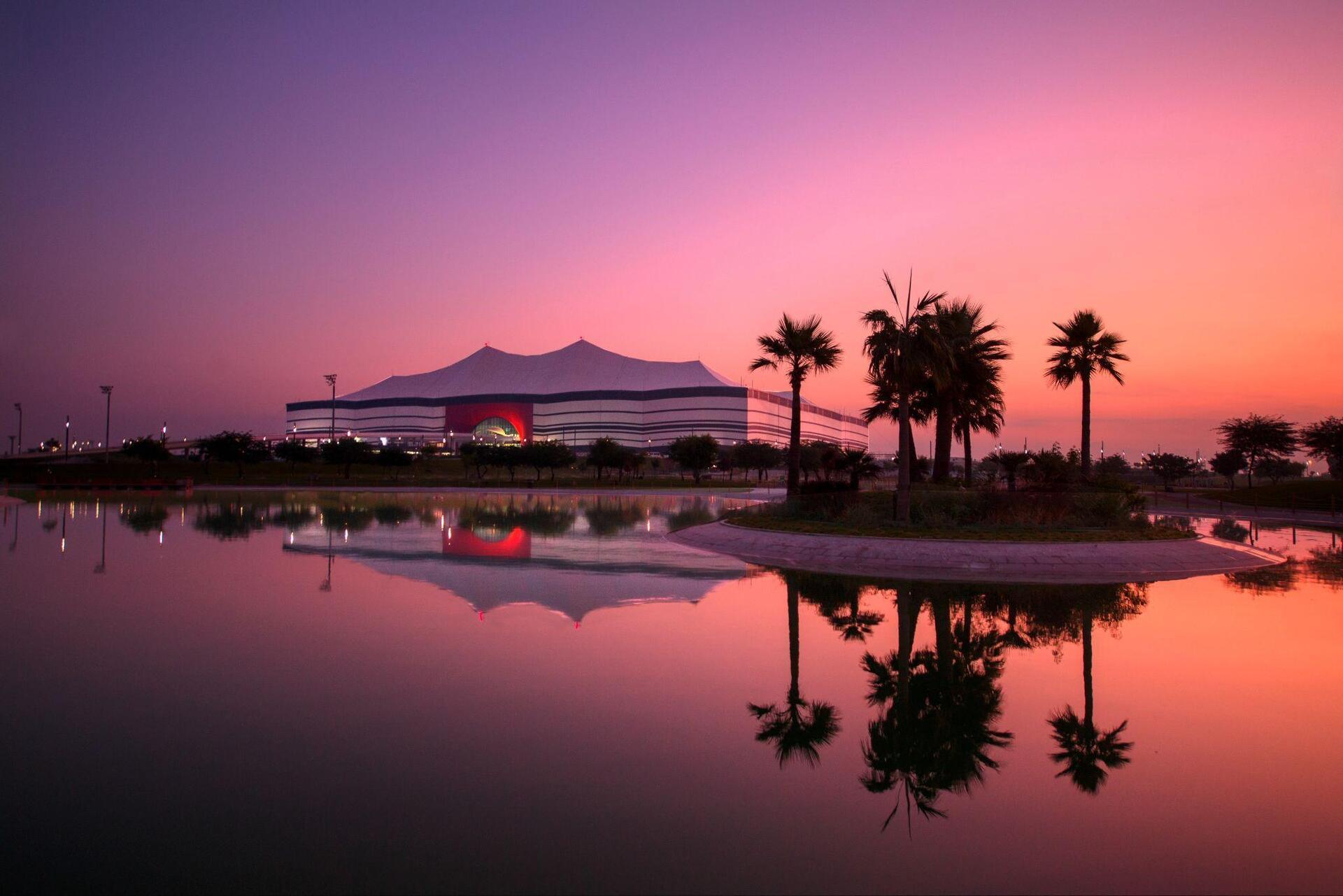
2. Estadio Azteca, Mexico City: The Temple of Maradona’s “Hand of God” Goal of the Century
The Estadio Azteca (Azteca Stadium) is more than just a stadium, it’s a temple of world football, a place where history came alive through unforgettable goals and magical moments.
Inaugurated in 1966 in Mexico City, it hosted two World Cup finals (1970 and 1986) and witnessed legendary feats: “La Mano de Dios” — the “Goal of the Century” by the football player Diego Maradona — and the iconic “Game of the Century,” Italy vs. Germany 4–3, a semifinal so epic it became part of football lore.
3. Maracanã Stadium, the Legendary Rio de Janeiro Stadium
The Maracanã Stadium in Rio de Janeiro is a living legend of world football. Inaugurated in 1950 for the World Cup, its iconic “saucer” shape and current capacity of over 78,000 spectators have made it the stage for both dream-making and heartbreak.
The Brazil stadium has hosted two World Cup finals and countless unforgettable moments, ranking as the second stadium to have held the most World Cup matches (15 in total) surpassed only by Mexico City’s Estadio Azteca.
4. Rose Bowl Stadium, Pasadena: From Outsider to Legend with the 1994 World Cup Final
The Rose Bowl Stadium in Pasadena is proof that even an “outsider” can become a legend. When the United States hosted the 1994 World Cup, many were skeptical: no strong football tradition, few “real” stadiums.
Yet the final under the California sun, with Brazil and Italy battling for glory, cemented the Rose Bowl’s place in football history.
Built in 1922 and expanded to seat over 100,000, this horseshoe-shaped giant nestled in the San Gabriel Mountains became, on July 17th, 1994, the center of the world.
5. Olympiastadion, the Stadium in Munich: The Architectural Design Masterpiece that Hosted the 1974 World Cup
Munich’s Olympiastadion feels like something out of a visionary dream. Built to host the 1972 Olympic Games, it remains a masterpiece among stadium buildings, with its iconic transparent roof stretching like a sail suspended in the sky.
Set within a vast park and alongside an artificial lake, the stadium has hosted many historic events—but its most iconic moment was the 1974 World Cup final, when West Germany defeated Cruyff’s Netherlands in a match that rewrote football history.


